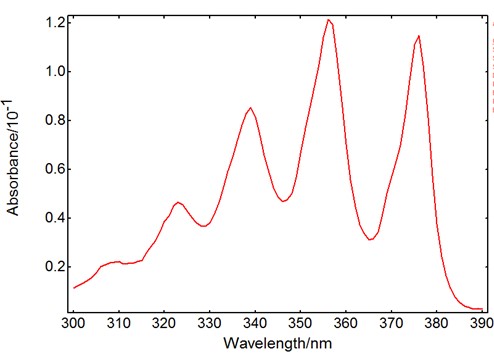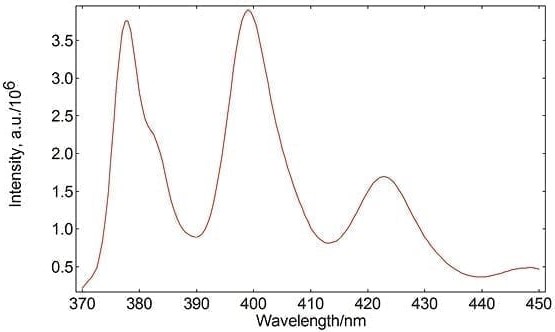Fluorescence Spectroscopy: Measuring Fluorescence from a Sample
Fluorescence spectroscopy is a widespread analytical technique, often used for the analysis of a sample by defining the concentration of a chemical substance in a sample. However, measuring fluorescence from unknown samples can often be challenging even for experienced users. Below is a procedure for spectral measurements to help newcomers in the fluorescence spectroscopy field. Our posts on the inner filter effect and spectral measurements troubleshooting contain further advice on measurements.
When measuring fluorescence from an unknown sample it is good practice to start with a measurement of its absorbance. Fluorescence is directly proportional to absorbed light so the wavelength of maximum absorption should be determined. Some fluorescence spectroscopy instrumentation such as the Edinburgh Instruments FLS1000 or FS5 models allow absorbance as well as fluorescence measurements. It is a good idea to choose a shorter excitation wavelength than this maximum, as there might be some overlap between excitation and emission spectra.

The example above shows an absorption spectrum of anthracence in cyclohexane acquired in an FS5 Spectrofluorometer. The maximum absorbance is approximately 0.1 which is a good concentration to avoid the inner filter effect. Based on this, the excitation wavelength could be set to ~355 nm or ~375 nm.
Next, the absorption and emission wavelengths must be optimised to maximise the signal of interest. The slits of the excitation and emission monochromators can be adjusted to let more light through. This increases the signal but in turn reduces the spectral resolution (i.e, how well-resolved the spectral lines are). The signal should be high to obtain a good signal-to-noise ratio, but it should be below the detector saturation limit: too many photons per second can alter the detector behaviour and distort the data. The saturation limit for a standard PMT detector is 1.5 million cps (counts per second).
Once the conditions have been optimised, the measurement parameters can be set in the spectrometer software. Edinburgh Instruments spectrometers allow setting the wavelength range, step size, dwell time, and repeats as shown in the measurement window below. The dwell time (integration time per data point and scan) and number of scans contribute to the total integration time; obviously longer integration times will increase the quality of the data. Background subtraction and correction options are also available in the dialog.
The fluorescence spectroscopy software plots the data as it acquires it, resulting in a fluorescence spectrum like the one pictured below.
Fluorescence Spectroscopy Instrumentation for Measuring Fluorescence
If you have enjoyed learning about how to measure fluorescence spectrums, and would like to know more about our range of fluorescence spectrometers, please join us on social media or sign up to our infrequent newsletter via the button below and we will keep you up-to-date with all our latest scientific news and articles.










